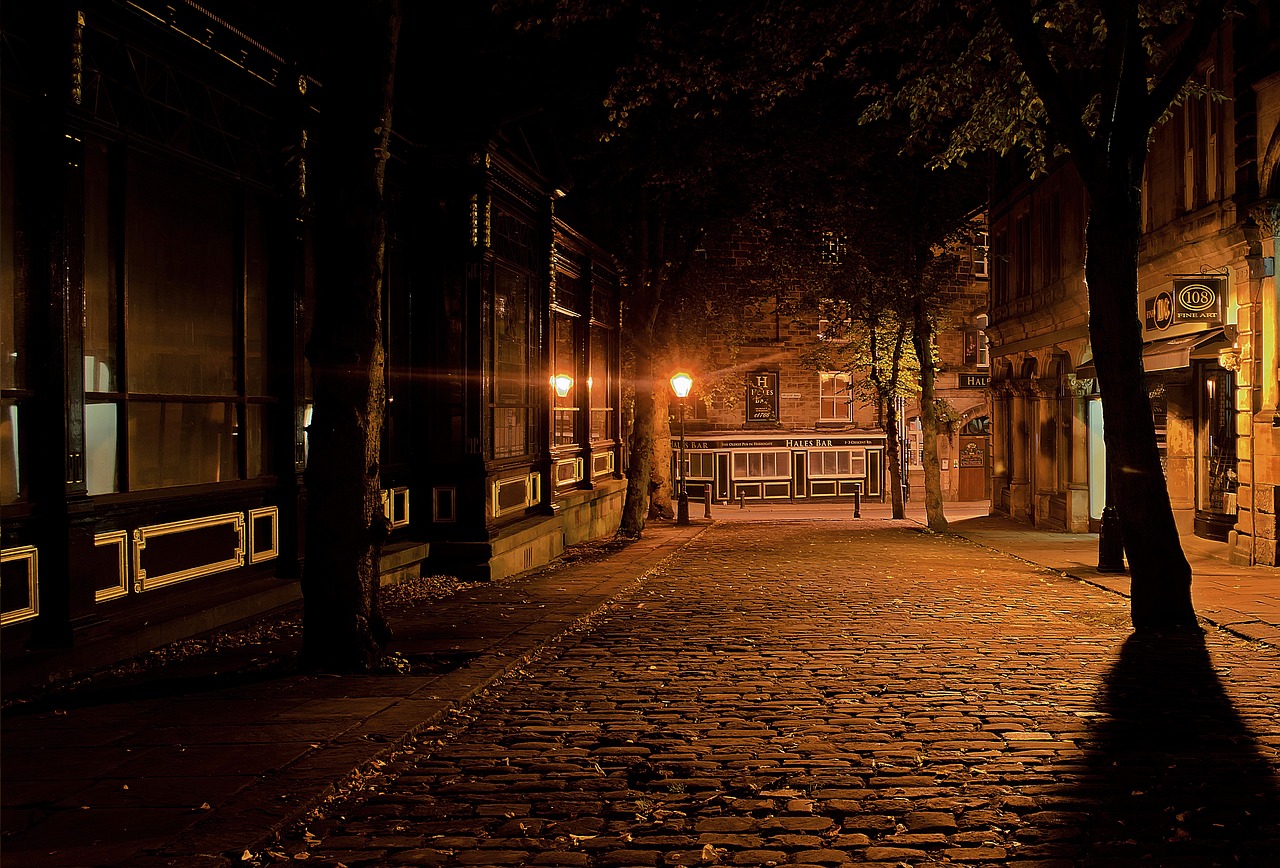Rome's Rich History: A Journey Through Time
travel | 4 minutes read | 10 months ago

Rome, the eternal city, is a place where history comes alive. With its breathtaking landmarks, ancient ruins, and vibrant culture, Rome takes its visitors on a journey through time. From the mighty Colosseum to the magnificent Vatican City, every street corner reveals a new chapter of this city's fascinating past. Join us on a virtual tour as we explore Rome's rich history and discover the secrets hidden within its ancient walls.
1. The Roman Empire: Rise and Fall
The story of Rome begins in 753 BC when it was founded by Romulus, the city's first king. Over the centuries, Rome grew from a small settlement to the center of one of the most powerful empires in history – the Roman Empire. With its vast territory and advanced infrastructure, the empire thrived for over a thousand years.

One of the most iconic symbols of the Roman Empire is the Colosseum. Built in 70 AD, this grand amphitheater was used for gladiatorial contests and public spectacles. Today, it stands as a testament to the Roman engineering prowess and attracts millions of visitors each year.
Another significant landmark from the Roman Empire is the Pantheon. This magnificent temple, dedicated to all the gods, showcases the Romans' architectural brilliance. Its impressive dome and stunning interior make it a must-visit for history enthusiasts.

2. Vatican City: The Heart of Catholicism
No journey through Rome's history is complete without a visit to Vatican City, an independent city-state and the spiritual center of Catholicism. Located within Rome, Vatican City is home to numerous historical and religious treasures.
The most famous attraction in Vatican City is St. Peter's Basilica. This awe-inspiring church, built on the site where Saint Peter, the first Pope, was believed to be buried, is a masterpiece of Renaissance architecture. Its grandeur and beauty leave visitors in awe.

Adjacent to St. Peter's Basilica is the Vatican Museums. Housing an extensive collection of artwork and historical artifacts, the Vatican Museums are a treasure trove of human history. One of the highlights is the Sistine Chapel, adorned with Michelangelo's famous frescoes.

3. Ancient Rome's Piazzas and Squares
As you wander through the streets of Rome, you'll encounter numerous piazzas and squares, each with its own story to tell. These public spaces were an integral part of ancient Roman life and served as meeting places, market centers, and venues for various events.
Piazza Navona is one such square that has retained its historic charm. Built on the site of a former Roman stadium, this oval-shaped piazza features stunning Baroque fountains, palaces, and a lively atmosphere.

The Spanish Steps, a monumental stairway consisting of 135 steps, is another popular attraction. This iconic spot attracts locals and tourists alike and offers a perfect vantage point to soak in the ambiance of the city.

4. The Roman Forum: Political and Commercial Center
The Roman Forum, once the center of political and commercial life in ancient Rome, is a fascinating archaeological site that provides a glimpse into the city's past. Here, you'll find ruins of temples, government buildings, and public squares that were once bustling with activity.

The Temple of Saturn, dedicated to the Roman god of agriculture, remains one of the most well-preserved structures in the forum. Its iconic columns and frieze stand as a reminder of the city's grandeur.

Rome's rich history is an invaluable treasure that continues to inspire and captivate visitors from around the world. From the splendor of the Roman Empire to the spiritual significance of Vatican City, every corner of this ancient city tells a story. As you stroll through the streets, exploring its landmarks and absorbing its culture, remember that you are walking in the footsteps of generations past. Rome truly is a journey through time, allowing us to connect with our shared human heritage.


